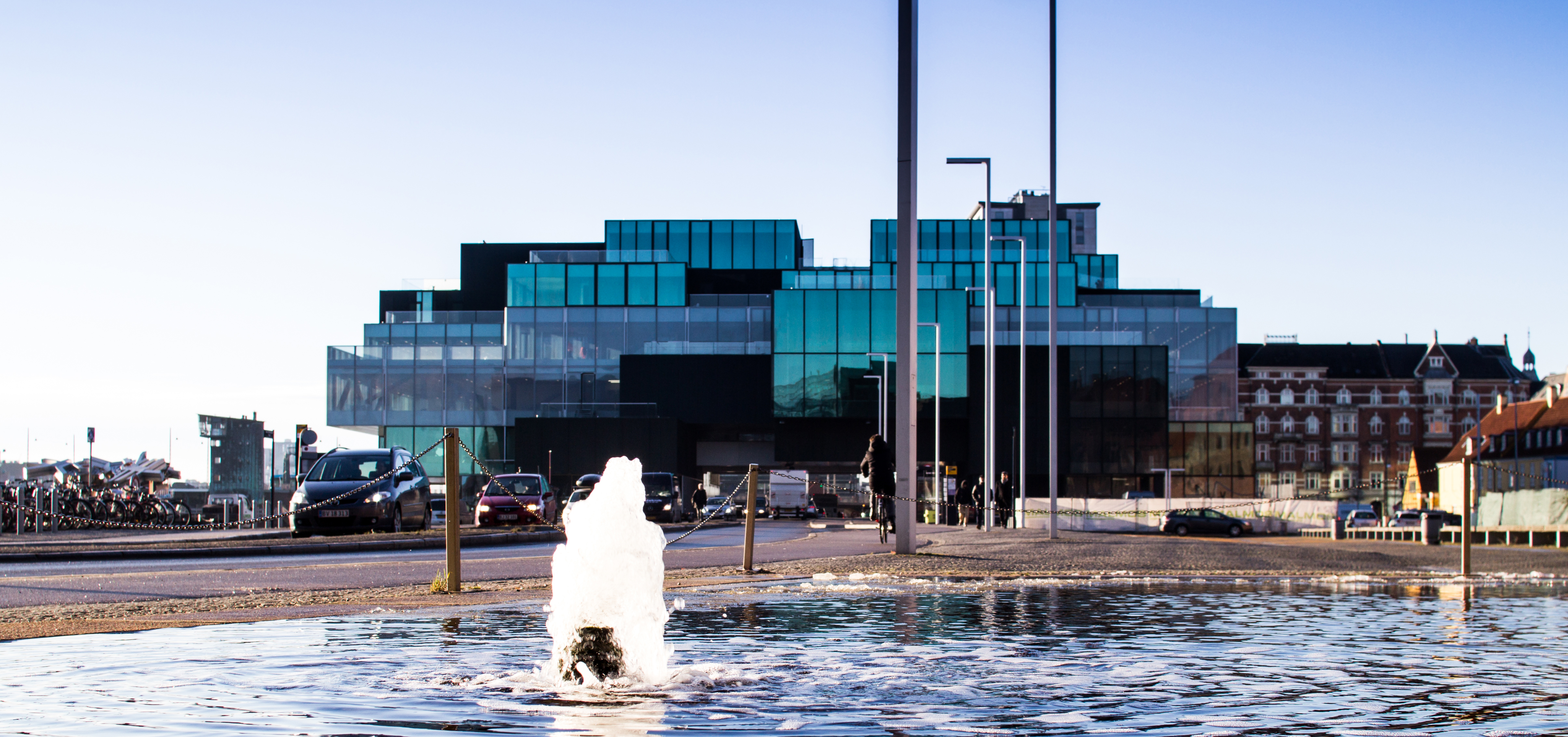by Lara Hale
In the second week of May 2018, the architectural and design worlds were abuzz with reviews of the new green glass giant looming over the Copenhagen harbour – BLOX. There have been critiques of design, urban planning, participation processes, and more, but perhaps less likely to emerge in your social media and news feeds is the nature of organizational development and experimentation designed into the very heart of BLOX.
Physical, organizational and cultural diversity under one roof
BLOX as a physical building is composed of various building elements but is also socially composed of diverse elements. The property is home to the old military storage buildings at Fæstningens Materialgård, still stunning with their yellow-washed walls and currently under renovation for becoming part of the BLOX family of offices and meeting spaces. The new building houses top-floor apartments, a large fitness centre, the Danish Architecture Center (DAC), the Danish Design Center (DDC), and last but not least, BLOXHUB, the new building industry innovation hub.
These last elements are where the organizational potential lies. Firstly, there are the yet-to-be woven together threads that draw across DAC, DDC, and BLOXHUB, opening up for potential co-conferences and exhibitions that not only blend spaces, but blend disciplines. Secondly, BLOXHUB is a non-profit organization of around 150 members (and anticipated to grow) aiming to stimulate innovation for sustainable building and urbanization by facilitating co-working, co-creation, and experimentation. Beyond the potential stemming from sharing working spaces, the hub supports the organization of seminars and conferences and offers access to labs that can serve as platforms for new products or services, including, for example, epiito’s virtual reality (VR) lab and UnderBroen’s maker-space equipment. And thirdly, nested in BLOXHUB is the Science Forum, hosting a suite of built environment researchers.
Smart Building research among industrial researchers
Now the Science Forum is one of my offices-away-from-the-office. Since the start of this year, we are a cluster of nine industrial researchers – seven PhDs and two postdocs – with projects concerning “Smart Buildings and Cities” (read here about the formation of the cluster). Launching from my postdoc project with VELUX and CBS on smart building business model innovation, we have already identified several crossovers and synthesis possibilities within the first months. This begs the question: what happens when you combine companies, universities, and industrial researchers into an innovation hub? How does this change how research, investment, and innovation are done? And how does this change how industry can relate to academia?
With user-friendly tech to better indoor climate
With VELUX, the starting point is smart device automation, but based on the people who live and work in buildings (read: all of us). But even if the indoor climate is ubiquitous and something we all experience, we also take it for granted and may not even notice how we are feeling unless something disturbs us. Even more importantly, the more serious health consequences of a poor indoor environment stem from factors that cannot necessarily be noticed just by paying attention, including for example, high CO2 levels from poor ventilation or off-gassing chemicals from unsustainable building materials. My research investigates both how smart devices can be designed based on an organization’s inquiry into the user experience, but also how the nature of these user-driven digital devices can change the way traditional manufacturing companies do business.
Much more to expect in the future of BLOX
The project has only been running a few months, and BLOXHUB has only been open not even a month – so there will be many more exciting developments and synergies to report in the future. In the meantime, swing by the great glass giant and experience the shifting landscape around Langebro. You can visit the most recent DAC Exhibition “Welcome Home” looking at how the meaning of home has shifted historically and continues to adapt in Denmark, and your kids can have a go at the new playground on the city-side of the building. A new bicycle and pedestrian bridge is planned for 2019, as well, and then the connections will go even further; from connecting industry and researchers to connecting the city on a level we all can meet.
Lara Anne Hale is an industrial postdoc fellow with VELUX and Copenhagen Business School’s Governing Responsible Business World Class Research Environment. The 3-year project is part of Realdania’s Smart Buildings & Cities cluster within BLOXHUB’s Science Forum. It builds upon her PhD work on experimental standards for sustainable building to look at the business model innovation process in organizations’ adaptation to the smart building business. Follow her on Twitter.
Pic by Michael Levin, taken from BLOX.dk.
